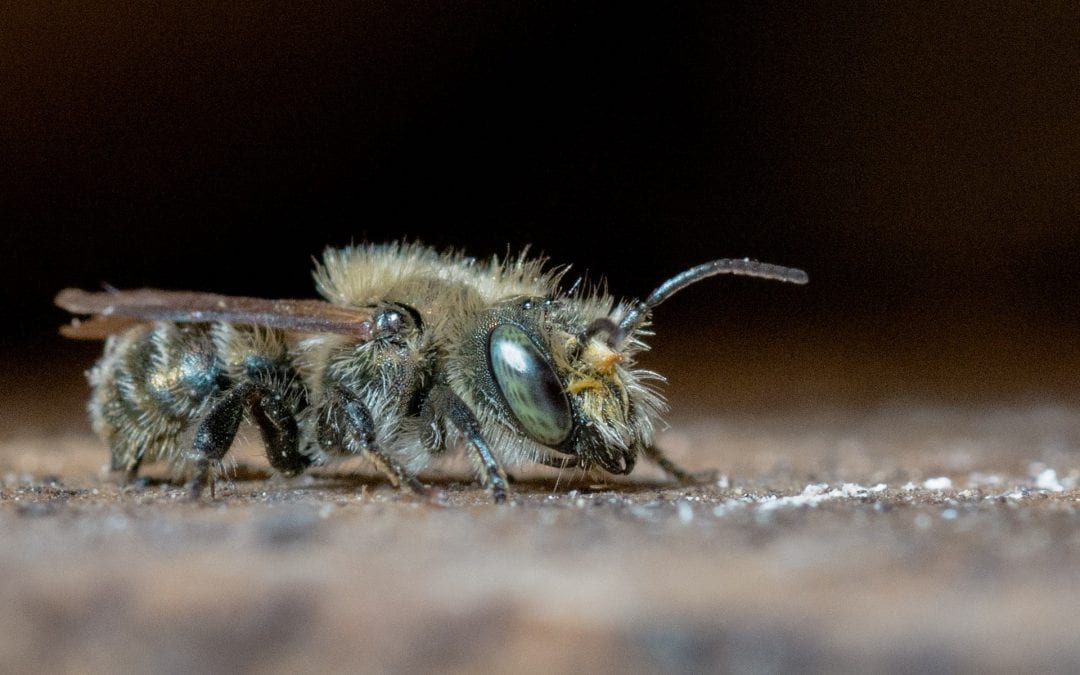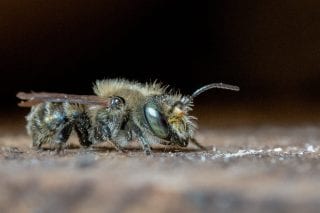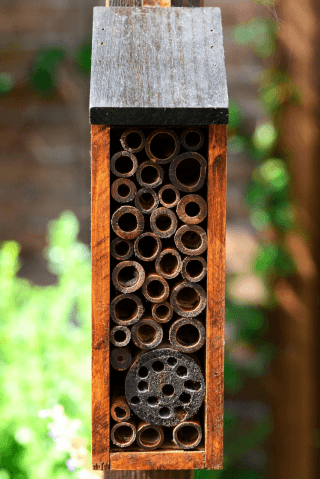The Gentle Bee
Just like us bees can be social or solitary beings. Honeybees are very social insects as evidenced by their hive mentality and division of work by gender. This means that queens rule the roost, female worker bees forage for pollen and nectar, clean the hive and take care of the new bees showing them the ropes. The male drones, well, after mating with the queen once don’t really do much after that.
Honeybees are great pollinators and have an extensive communication system to let their sister bees know where the best food stores can be found. They work as a team and the colony would not survive if one of these groups was missing. They have a group mentality when it comes to protecting the hive and can act in concert at a moment’s notice when danger threatens.
Mason bees, on the other hand are solitary insects. This means that they live in isolation from other bees and have a less heightened protective instinct. They are also known as “gentle bees” and are native to the US from Michigan to Massachusetts and down to Georgia and Texas. Every female makes her own nest after mating with a male. This is usually made from clay, mud or chewed plant parts. She prefers small gaps or tubular openings.
Once a nest site has been chosen, she begins to gather pollen and nectar with which to provision the nest. Once provisioned, female eggs are laid to the back and male eggs laid to the front (yes she can choose). She then plugs the nest and looks for another. Once larvae hatch and consume the provisions they spin their cocoon for the pupal stage maturing in the fall or winter months.
Because of their nesting habits they are easy to cultivate for fruit and nut pollination. They produce neither honey nor beeswax and will fly in cooler and wetter weather than honeybees. And as is characteristic of solitary bees they are docile and rarely sting unless stressed, and their stingers are not barbed like honeybees.
According to Crown Bees, experts in native bees, it takes 360 honeybees to pollinate an orchard. Mason bees are so efficient the same orchard can be pollinated by just 6 Mason bees. They carry pollen dry on the underside of their abdomen which falls off more easily as they visit other flowers. Honeybees regularly stop to clean themselves and deposit the pollen into the pollen baskets on their hind legs.
Honeybees often get all of the spotlight but, truth be told, our native solitary bees are also very important and efficient pollinators that deserve recognition.
So, what can you do to help improve bee diversity?
Easy steps each one of us can take:
- Remove one pesticide from your shelf or follow the EPA’s guidelines for reducing pesticide impact on wildlife.
- Grow one food item, tomato, blueberry, etc.
- Add one native flowering plant to your yard such as purple coneflower.
- Allow one pest to survive such as a ladybug or praying mantis.
- Set up one Mason bee house in your back yard. All they need is mud, pollen and a safe place to nest.
For more information on native bees visit Crown Bees
For help identifying insects in your garden visit Bugguide


